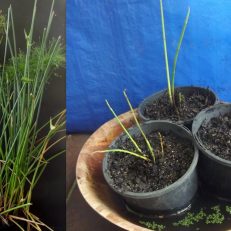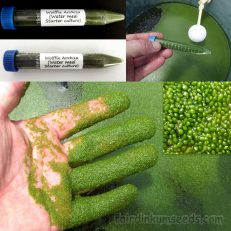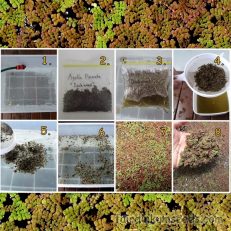Please read text!
Ipomoea Pes Caprae Beach Morning Glory Seeds
Packet of 10+ home grown seeds!
Most folks would know this fella. It is a very common sight along beaches all over Australia, often deliberately planted to hold the sand and stop erosion.
It is also a common sight on beaches all over the world, and as such, it has a heap of different names.
I got lazy so here is only a small segment of the ones I found in a quick search.
Puhuehue, Pohuehue, Bayhops, Beach morning glory, Goat foot, Goat’s foot, Goats foot, Railroad vine, horse’s footprint, goat’s foot creeper, goat’s foot convolvulus, Liseron pied de chèvre, ipomée pied de chèvre, batate ronde, patate à Durand, patate bord de mer, batatran, Batata-de-mar, Majani ya mwaka, mlakasa, Convolvulus pes caprae, Ipoemea biloba, Ipomoea maritime, Tapak Kuda, Kangkong Laut, Horse’s Foot-print, Ma An Teng, Katang-katang, Daun Katang, Alere, Leleri, Dalere, Tapak kuda, Andal, Arana, Dolodoi, Mari-mari, Loloro, Bulalingo; Boboledan, Convolvulus pes-caprae, Ipomoea biloba, Korok, Tang Katang, Batata Pantai, Wedule, Adambu, Attukkal, Musattalai, Dopatilata, Bangadivalli, Atampuvalli, Atampu, Maryadavalli, Sagaramekhala, Atampu, Atappan koti, Balabantatige, Chhagalaantri, Mar-yaada-valli, Phakbung-thale, Pinlaikazum, Trakuon Kantek, Pak bung Tale, etc etc etc etc etc.
It is considered a medicinal or seasonal food by many, but it is quite poisonous in large amounts and in Hawaii the young shoots were given to pregnant women to speed childbirth. The stems are considered contraceptive, but yeah, I say again for clarity, they are poisonous too.
This same plant is considered a staple seaside vegetable in many parts of Africa and SE Asia, where it is dried and stored for use as a seasoning pot herb or vegetable, much like seaweed is used in other parts of the world.
Eaten it plenty of times, just a leaf here or there for salt mainly or for wrapping fish in.
A big pot of fish stock made from just seafood bones and shells, or with a couple dried leaves of this fella, I know which I prefer.
Most places consider it an astringent, tonic, haemostatic, analgesic, cicatrisant and anodyne, alterative, diuretic and in large amounts a purgative.
I have seen poultices used to successfully lower swelling and draw out coral from a mates foot, and if you have already tried everything else without any luck, I reckon it’s not a bad option.
Some places use tea made from the leaf for bladder infection, syphilis, gonorrhea, urethral discharge and even back pain.
The crushed up leaves are said to remove the sting of jelly fish, stingrays and rabbit fish, but when I frantically and very vocally applied it to mine, it only seemed to make it worse.
Might have been the wrong species of fish, but even so I don’t really recommend it, despite a lot of folks swearing by it. I admit I did swear, just mostly at it. (Hot water works better for most things, but proper medical attention is really the best way to go.)
The individual stems can grow 30meters long and make decent rope or crab pot dillies.
Ideal for sandy soils that drain well where nothing much else can get a grip. Does equally well in normal potting mix and garden beds, but does not like heavy clay or water logged soils.
A soak in warm water or scarification by just rubbing one side of the seed on the concrete massively increases germination times, just be sure not to damage the “eye” of the seed or go too deep. Scarification or minor damage to the external shell normally gives germination in a few weeks, without this scarification to let the water in, it can be anything from two weeks to a few months, all depending on soil conditions.
That’s about it, another Australian native well worth having, especially in harsh conditions.
Grown by me and the Mrs organically, no chems no nasties no problems!!!





